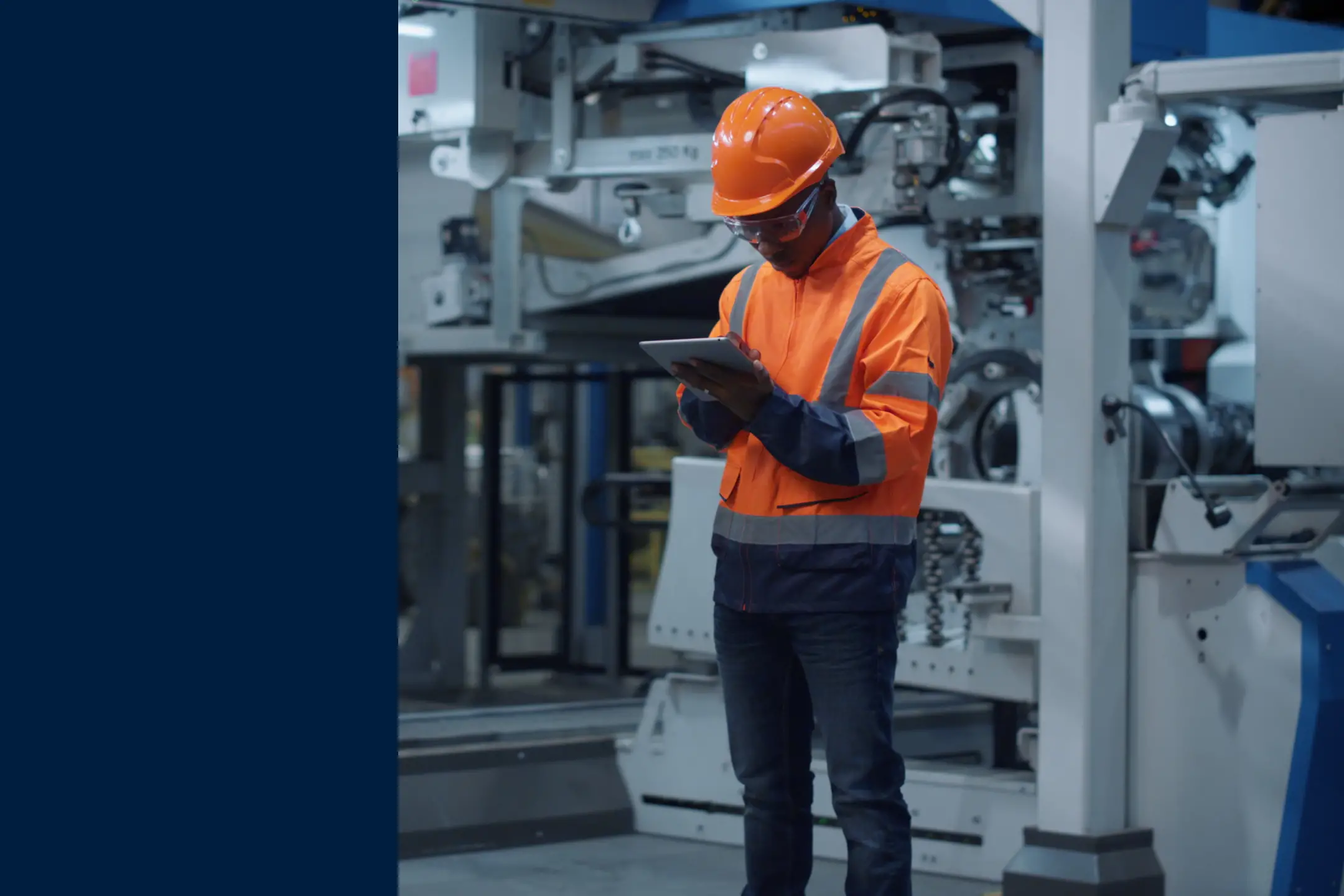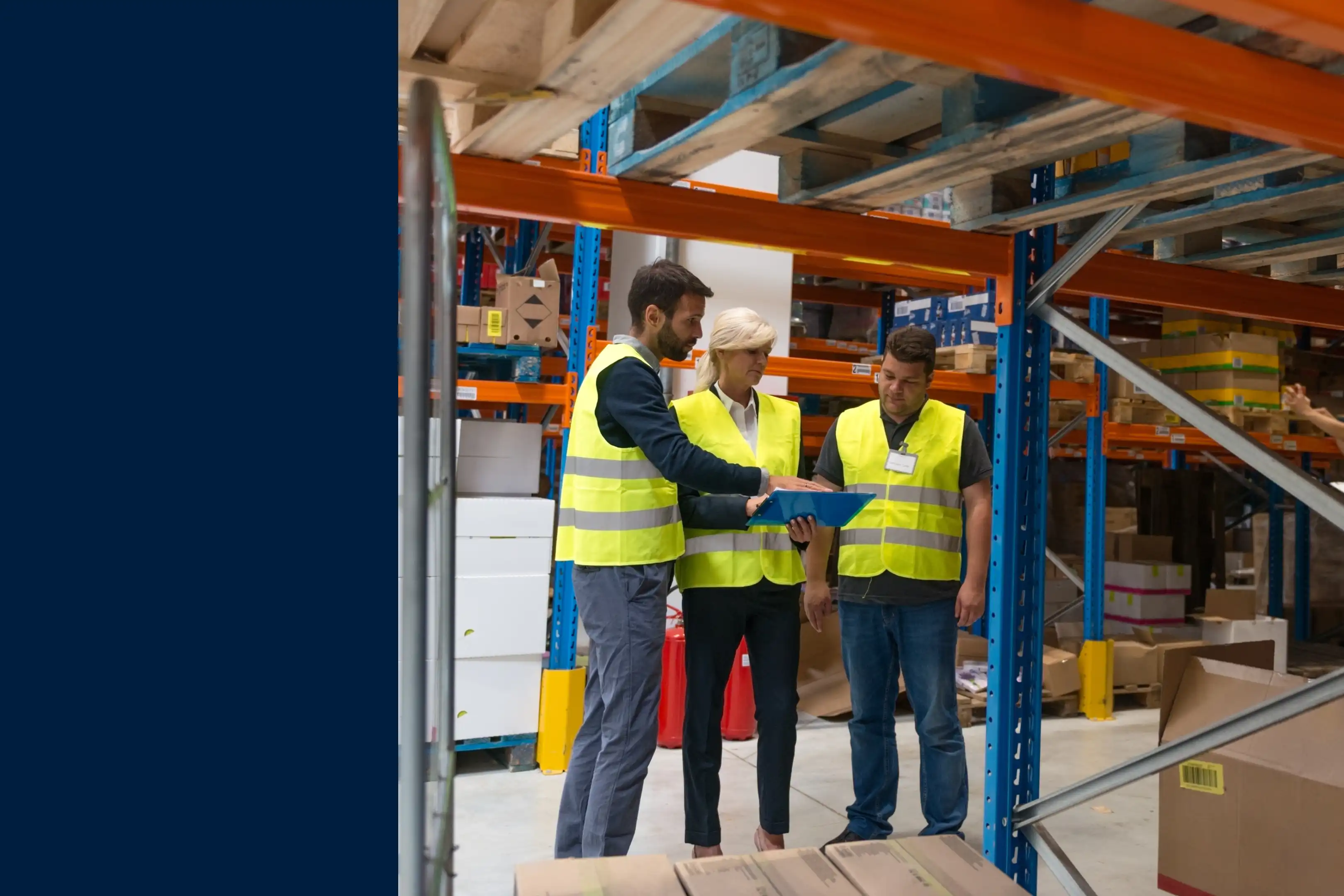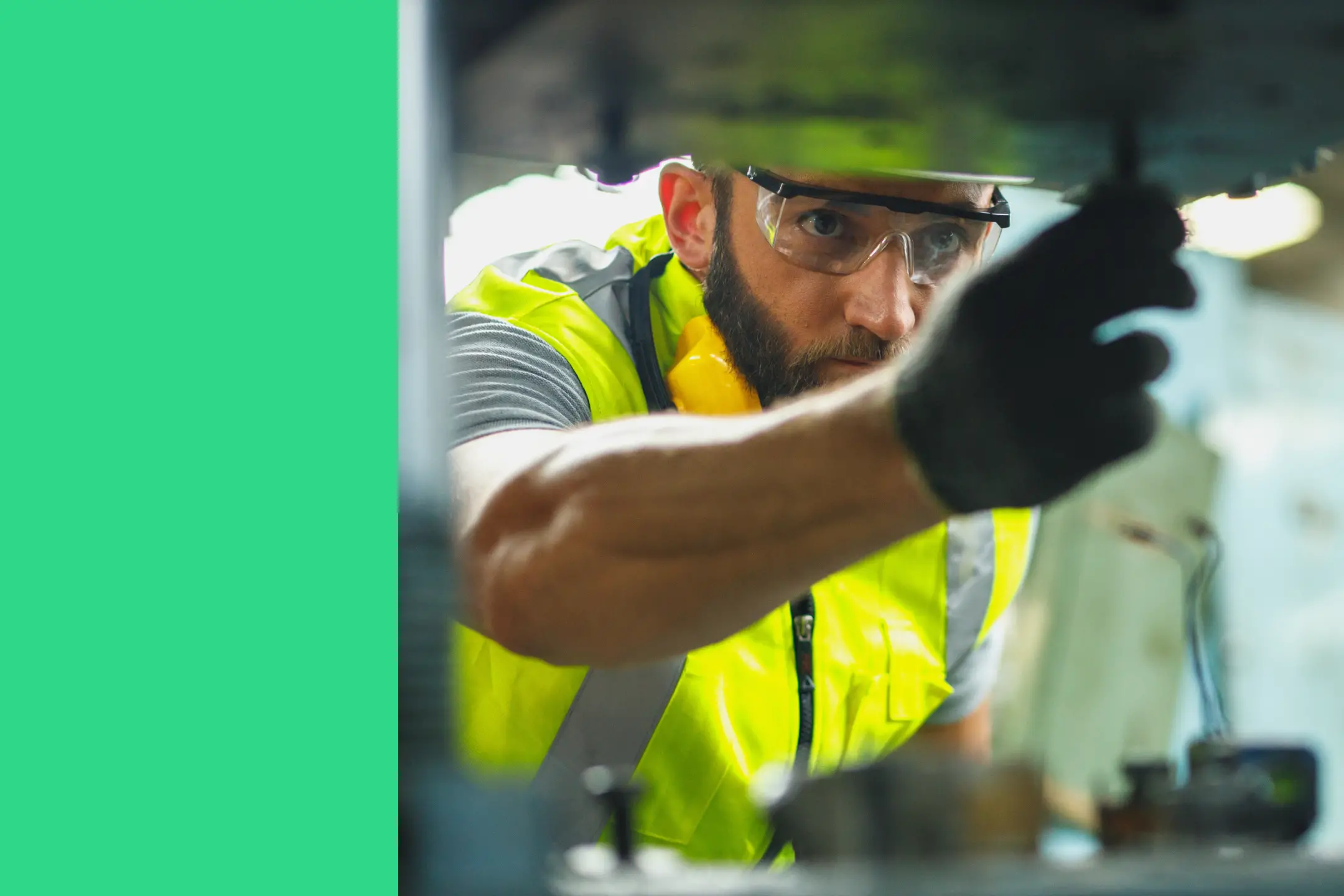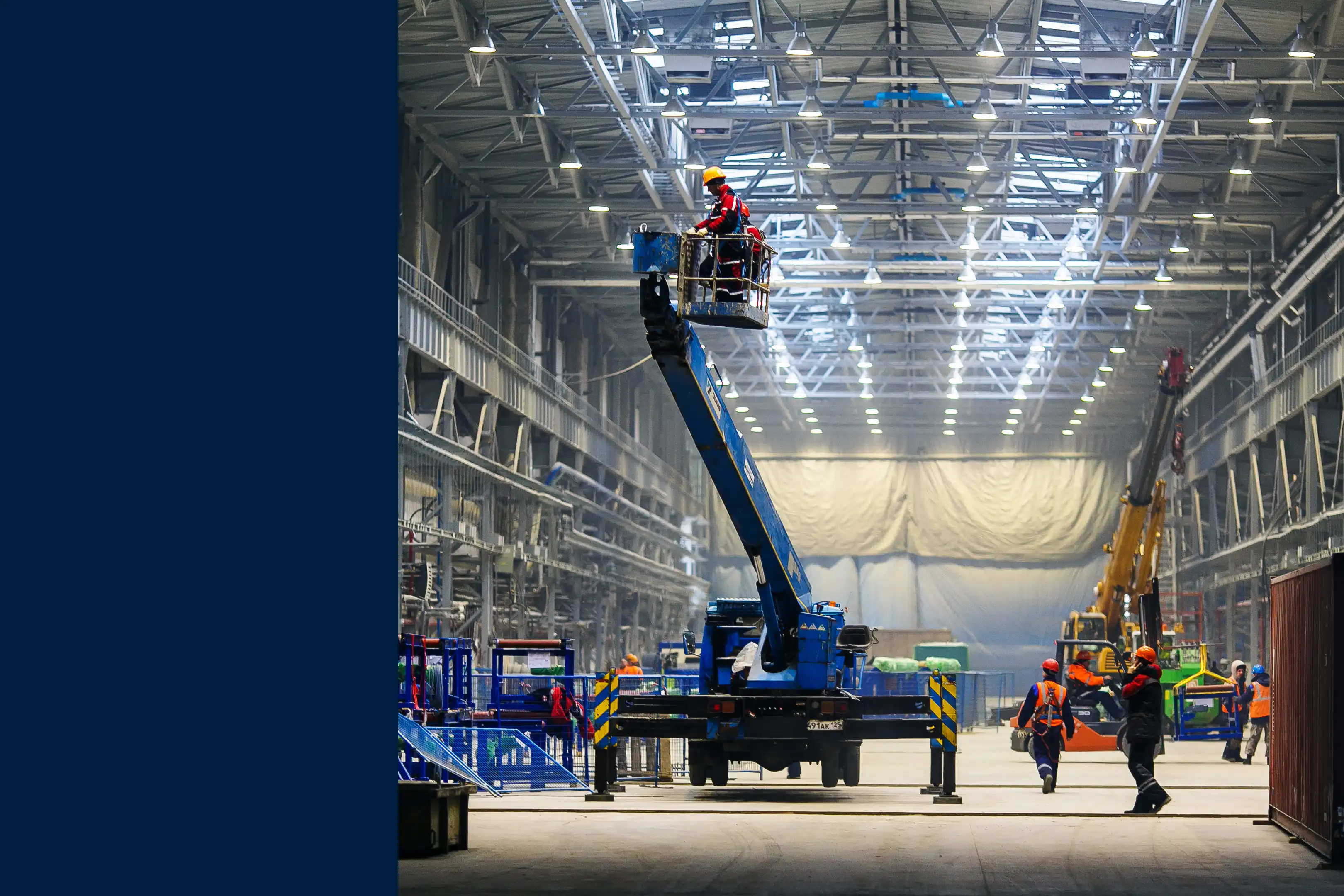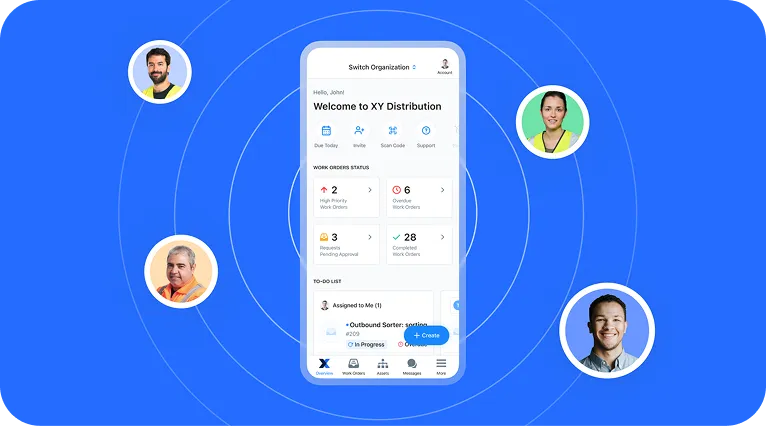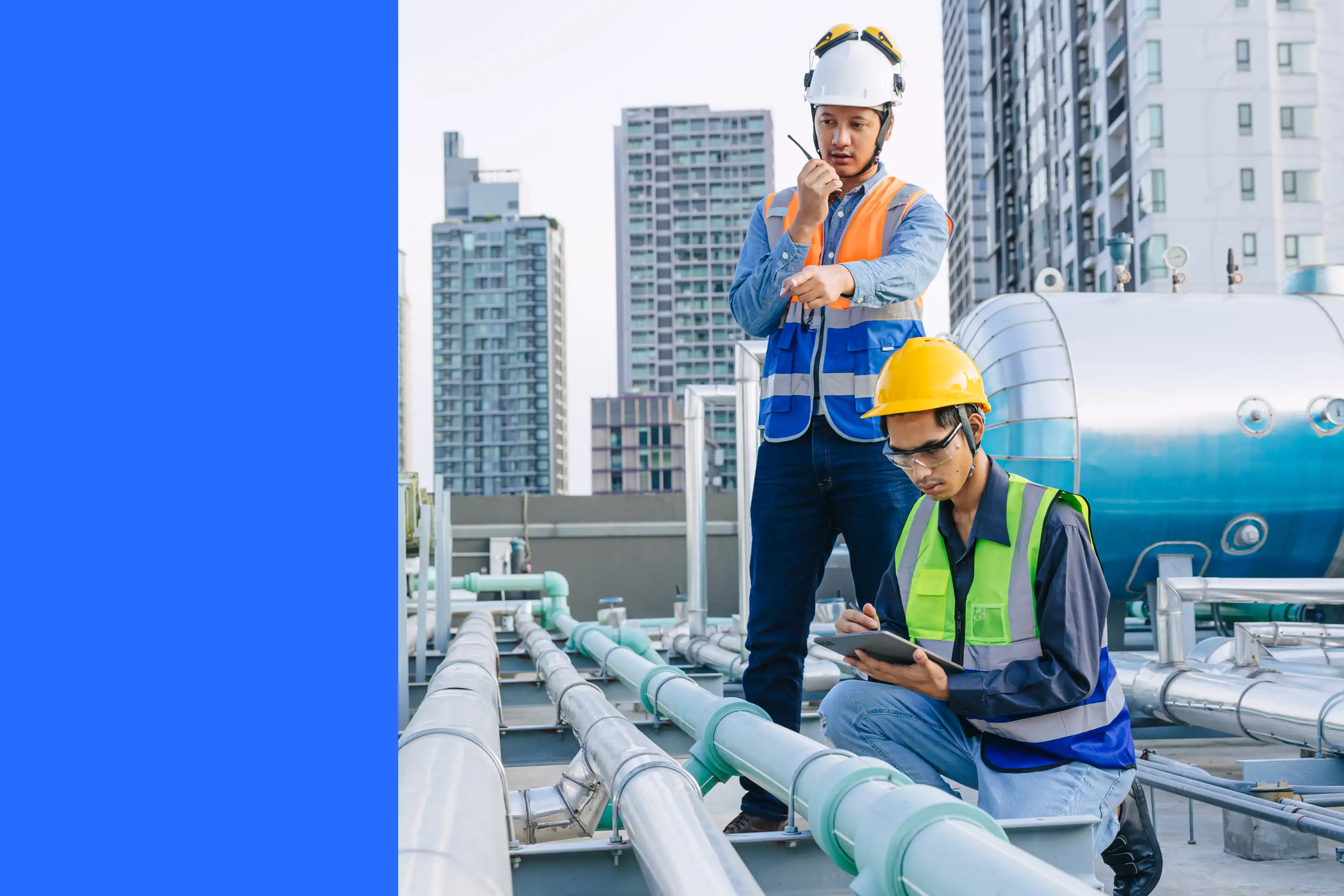
A repeatable maintenance workflow is key to delivering exceptional experiences to guests. But as a manager, you know maintenance is easier said than done.
That’s exactly why you need a checklist.
Use the hotel maintenance checklist on this page as a starting point for your maintenance program. Read on for more details, or download the checklist now and start tweaking it based on your needs.
Key takeaways
- A hotel maintenance checklist ensures no maintenance tasks slip through the cracks.
- Creating and managing a maintenance checklist is easier with a CMMS than with traditional methods like spreadsheets.
- A maintenance checklist template provides a great starting point, but it’s essential to tailor it to your specific needs.
- Continuous improvement is non-negotiable; continuously seek opportunities to refine your checklist and maintenance processes.
How to use this checklist
The checklist we provide below is general, so you’ll need to adjust to the specifics of your facility. Here’s an overview of the best way to use this checklist:
Customize your checklist
The hotel preventive maintenance checklist provided here is simply a guideline that must be tweaked to align with your process. Obviously, remove items related to pool maintenance if you don’t have a pool. Add more checks if you run a resort with amenities like spas and gyms.
Implement and monitor tasks
Once you have a complete checklist, it’s time to assign owners to each maintenance task. Regularly track progress and review completion rates to ensure each task is completed on time. This helps you avoid a maintenance backlog and potential regulatory violations.
Use this checklist with a CMMS
A computerized maintenance management system (CMMS) makes assigning and tracking maintenance tasks a breeze. You can tag technicians on each task and remind them when the task is due. When the technician finishes the task and marks it as complete in the CMMS, you’ll also see it on your dashboard.
Hotel maintenance tasks by frequency
Each hotel requires a unique maintenance schedule, but let’s look at some generic examples of maintenance tasks and their ideal frequency.

Daily hotel maintenance checklist
Weekly hotel maintenance checklist
Monthly hotel maintenance checklist
Annual or seasonal hotel maintenance checklist
What areas should be included in a hotel maintenance checklist?
Guest experience should be the main consideration when prioritizing what to include in a hotel maintenance checklist. Let’s look at some of the key areas in a bit more detail.
Guest rooms
Keep your guest rooms in top-notch shape, as they make or break your guests’ experience. Here are a few examples of things you should do to ensure a good room experience:
Common areas and facilities
Next in line are common areas and facilities, which your guests use the most after their rooms. This category includes lobbies, hallways, gyms, pools, and restaurants.
Here are examples of preventive maintenance tasks you should add to your checklist to ensure these areas set the right tone for your property:
Building systems (HVAC, electrical, plumbing)
Building systems aren’t directly visible to guests, but you must keep them running smoothly to maintain operational efficiency. Take a look at these example tasks that keep building systems functional:
Safety and compliance checks
A hotel maintenance checklist isn’t just about keeping your guests happy. It also helps you keep them safe and comply with applicable regulations. Here’s what you must do to ensure guest safety and legal compliance:
Best practices for hotel maintenance management
Best practices help you avoid common pitfalls while performing maintenance tasks included in your checklist. Consider these best practices for hotel maintenance management:
Standard operating procedures (SOPs)
Standard operating procedures (SOPs) give your team a structured process to follow. They eliminate room for guesswork, which translates to fewer errors and missed tasks.
Suppose one of the tasks in your maintenance checklist is to inspect plumbing in guest rooms. Without a standardized remediation process, it’s easy for minor issues, such as a dripping faucet, to be noticed but not acted on.
An SOP provides a consistent and traceable process which makes such oversights less likely. If your SOP clearly states what to do when a faucet needs repairs, it’s much less likely to fall through the cracks.
Staff training and accountability
When your maintenance staff misses or rushes through maintenance tasks, they put your company’s reputation at risk. Train them to be quick and thorough.
Consider focusing your training on SOPs. If they’re thorough, your team is less likely to miss key maintenance tasks.
People make mistakes, but it’s important to create a culture of accountability so you can learn from them when they do happen. Make it clear that as long as your team owns up to their mistakes, an occasional mess-up won’t lead to punishment. In fact, it’s a way to identify areas for improvement in your SOPs.
Continuous improvement and review
Your maintenance checklist shouldn’t be a static document. Your processes, building systems, staff, and management change. Customer expectations evolve. Having a review process in place helps you make sure your checklist reflects your current maintenance needs.
Review your checklist quarterly or annually to add new tasks, remove outdated ones, and refine processes. During the review, think about what new equipment you’ve installed and look at guest feedback to identify opportunities for improvement.
Standardizing hotel maintenance with a CMMS
Making your checklist is one thing. Executing it is a different ballgame—especially if you’re still using a spreadsheet. Imagine asking every technician to check the spreadsheet for their new task assignments and manually tracking due dates.
That’s why CMMS is the easiest way to manage regular maintenance processes for your hotel. A CMMS automates the checklist workflow so you can focus on maintenance strategy instead of grunt work.
Learn more about how MaintainX makes property maintenance management easy and efficient.
Hotel Preventive Maintenance Checklist FAQs
Why is a hotel maintenance checklist important?
A hotel maintenance checklist ensures that all tasks, from daily inspections to seasonal maintenance, are performed consistently and efficiently. It helps prevent equipment failures, enhances guest satisfaction, minimizes costly reactive maintenance, and keeps your property compliant with regulatory and safety requirements.
What should be included in a hotel maintenance checklist?
A comprehensive checklist should cover guest rooms, common areas, building systems (such as HVAC, plumbing, electrical, etc.), and safety and compliance checks. Examples of tasks included in a hotel maintenance checklist may include inspecting lighting, plumbing, HVAC systems, elevators, fire and other safety equipment, as well as overall cleanliness and functionality.
How often should hotel maintenance be performed?
The frequency depends on your specific goals and the area in question.
Guest rooms and common areas require daily maintenance and deeper inspections each week. Monthly is a good starting point for preventative maintenance of critical systems, while annual or seasonal inspections are sufficient for large-scale inspections and overhauls of building systems, safety equipment, and capital assets.
All of these are general recommendations and should be tweaked based on your specific goals.
What are the benefits of using a CMMS for hotel maintenance?
A CMMS centralizes your maintenance management processes and data. It helps you schedule and track maintenance tasks, assign them to the right staff member, and build an audit trail that proves compliance. It also increases accountability, improves response times, provides data for predictive maintenance, and helps optimize resource allocation.
What are common hotel maintenance issues to watch for?
Common hotel maintenance issues include:
- Plumbing problems (leaky faucets, clogged drains, running toilets, etc.)
- HVAC malfunctions (air conditioning, heating not working, etc.)
- Electrical faults (flickering lights, tripped breakers, etc.)
- Worn or broken furniture and fixtures
- Damaged flooring or carpeting
- Fire alarm failures
- Blocked emergency exits


